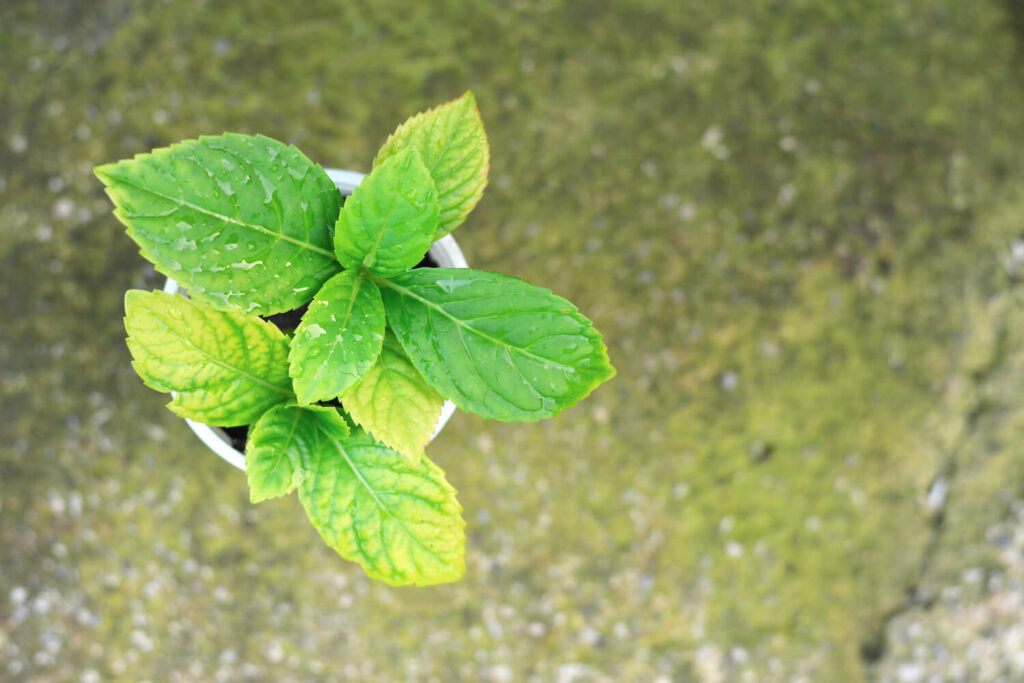The Buzz on Hydrangea Leaves Turning Yellow
Wiki Article
Hydrangea Leaves Turning Yellow Can Be Fun For Anyone
Table of ContentsThe Basic Principles Of Hydrangea Leaves Turning Yellow Hydrangea Leaves Turning Yellow - An Overview6 Simple Techniques For Hydrangea Leaves Turning YellowThe Main Principles Of Hydrangea Leaves Turning Yellow
Hydrangea plants are known for their stunning blooms, but occasionally their fallen leaves can turn yellow. This is generally an indicator that something is wrong and the plant needs your assistance. There are several feasible sources of yellow leaves on Hydrangeas, and luckily a lot of them are easy to deal with. Right here we'll cover the most usual reasons for Hydrangea leaves transforming yellow and exactly how to fix them.Hydrangea leaves turning yellow can be a cause for problem. Hydrangea leaves usually transform yellow when the plant is overwatered.
When the origins of a plant are submerged in water for lengthy durations, they begin to stifle and rot. This procedure cuts off the origins' oxygen supply, causing the fallen leaves to transform yellow and at some point die. Overwatering can also result in various other troubles such as fallen leave drop, root damage, and fungal growth.
If you assume your Hydrangea is overwatered, the very best solution is to allow the dirt dry totally before watering once more. It's also a great concept to check the drain of your pot or yard bed and make certain that water is not pooling around the plant's roots. Hydrangea plants require well-drained dirt to flourish.
Our Hydrangea Leaves Turning Yellow Statements
Hydrangea leaves can likewise turn yellow if the plant is not getting sufficient water. This takes place when the plant does not obtain adequate water, and the dirt begins to dry out.
This is understood as "fertilizer melt," It occurs when the plant's origins are subjected to too much plant food. Other indicators of fertilizer melt include brownish or yellow leaves, wilting, and stunted development.
This will assist get rid of any kind of excess plant food from the origins of the plant. It's additionally a great concept to decrease the quantity of plant food you are using.
Getting The Hydrangea Leaves Turning Yellow To Work

If your Hydrangea is plagued with bugs, dealing with the plant with neem or gardening oil is the most effective remedy. It's additionally excellent to get rid of any kind of damaged fallen leaves from the plant. You can do this by hand or with a set of trimming shears. It's likewise a great idea to inspect the plant consistently for parasites and eliminate them as quickly as you see them.
Hydrangea leaves can also transform yellow if the temperature stresses the plant. The leaves of the plant will certainly turn yellow and begin to go down off.
If the temperature emphasizes your Hydrangea, you need to relocate the plant to a place where it will be shielded from the extreme cool or warm. You can additionally try to offer the plant with some partial shade if subjected to direct click for more sunshine. You can also attempt adding compost around the plant base to help control the temperature level.
What Does Hydrangea Leaves Turning Yellow Mean?
The fallen leaves can additionally transform yellow if the Hydrangea plant has root rot. This is usually triggered by overwatering or inadequate drainage. When the plant's roots are submerged in water for as well long, they start to rot. Among the most common root rot signs is yellowing fallen leaves, as the fungi prevents the roots from taking in nutrients from the soil.Other indications of origin rot consist of stunted development, wilting, and leaf decline. Inspect the origins of your Hydrangea if additional info it has origin rot. If they are black or brownish, then they are most likely rotten. If some healthy and balanced origins are left, you can attempt to conserve the plant by replanting it in a new pot with fresh soil.
Water the plant meticulously, seeing to it not to overwater it. If your Hydrangea is heavily influenced by root rot, beginning with a brand-new plant is best. Natural causes can also cause yellow hydrangea leaves. One of the most usual reason is the plant's age. As Hydrangeas age, their leaves will slowly turn yellow pop over here and brownish before falling off the plant.
You can assist the plant by ensuring it is obtaining sufficient water and nutrients. One possibility is that the plant is not obtaining sufficient water.
Report this wiki page